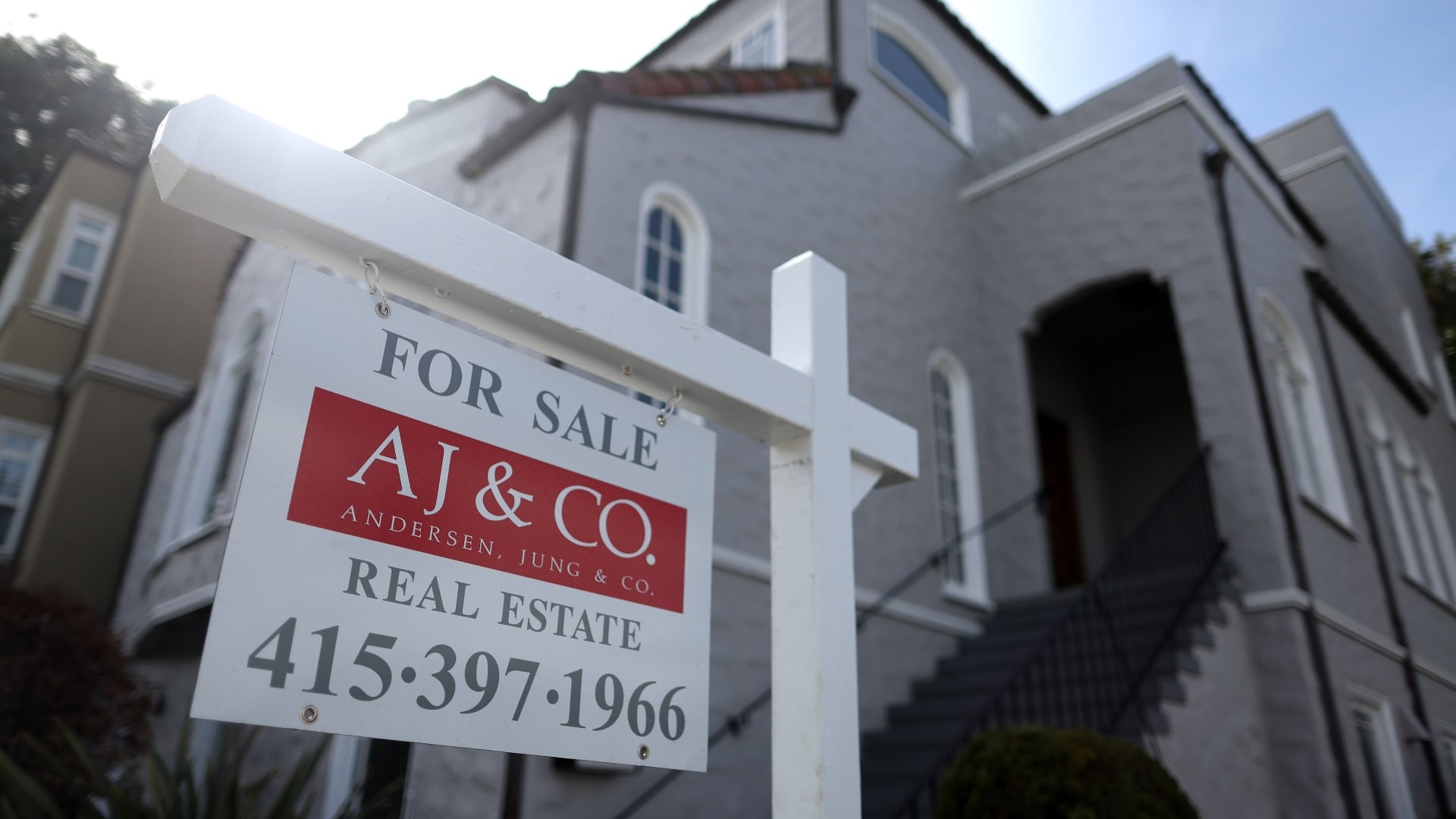U.S. new-vehicle sales rose 7.5% in the first quarter as supplies improved and sky-high prices eased a bit while the global shortage of computer chips started to wane.
But the average auto-loan rate hit 7% during the quarter, leaving open the question of whether automakers will offer reduced rates to keep buyers interested through the rest of the year.
Automakers sold 3.59 million vehicles during the first three months of the year, compared with 3.34 million a year earlier. Results from companies were mixed. Some thrived with better chip supplies, while others continued to struggle.
General Motors' sales jumped 17.6% over a weak first quarter last year as Buick brand deliveries doubled. The company said it picked up 1.5 points of market share. GM's dealer inventory rose 50% in the quarter to more than 412,000 as production increased.
Nissan sales leaped 17.3%, and Honda, which struggled to get chips last year, posted an 11.7% increase.
Affiliated South Korean automakers Hyundai, with sales up 15.5%, and Kia, up 21.8%, combined to outsell Stellantis, which saw a 9.1% sales decline. Toyota, still hampered by shortages of chips and other parts, posted an 8.8% sales drop. Executives said U.S. dealers had only a five-day supply of vehicles on the ground.
Auto loan rates hit their highest level in 15 years during the quarter, but seemed to have leveled off, said Edmunds Executive Director of Insights Jessica Caldwell.
To keep sales rolling, automakers may have to offer subsidized loan rates, which will cut into huge profits and could reduce high transaction prices, she said. Many customers, she said, can't afford new vehicle monthly payments that hit a record average of $730.
“Any automaker or dealer that can advertise incentives related specifically to interest rates will likely get more attention,” she said. “This could be a powerful marketing tool that would enable sellers to tap into the significant pent-up demand that has been building over the past few years.”
Stellantis, Caldwell said, seems to be struggling with demand, citing a 20% decline in Jeep brand sales. Jeep used to own the rugged off-road segment of the market, but Ford is gaining ground with the new Bronco and GM has a new electric Hummer.
“Now it seems like their brand identity is sort of under threat from multiple places,” she said.
In a statement, Stellantis U.S. sales chief Jeff Kommor said the company is navigating U.S. market conditions with dealers, and “making the necessary adjustments to meet our customers' expectations.”
J.D. Power said the average vehicle sales price hit a March record of $45,818, up 3.5% from a year ago. But it was down from the overall record of $47,362 set in December.
Automakers offered an average of $1,558 per vehicle in discounts, up almost $500 from March of last year, the company said.
Electric vehicle sales rose 48% from January through March to just over 258,000. They accounted for 7.2% of U.S. new vehicle sales. Last year the EV share of the market was 5.8%.
The sales numbers come after a lackluster year in 2022 as automakers couldn’t produce enough to meet demand due to the chip shortage. Automakers sold only 13.9 million vehicles, far short of what had been normal, around 17 million. Edmunds predicts a better year this year at 14.8 million, but not a full recovery.












